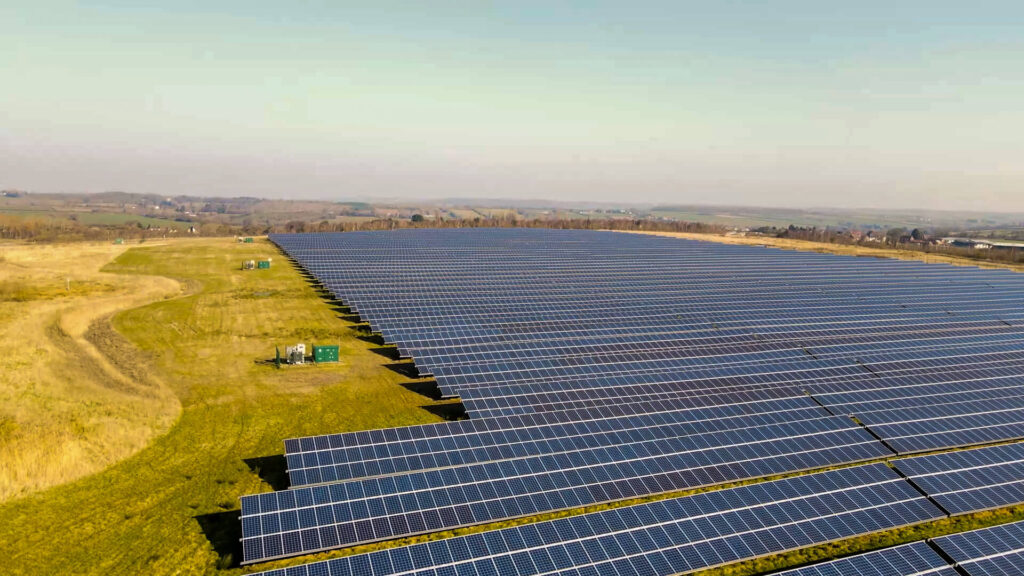Gedling Country Park is a unique site within Nottinghamshire. Since 1899 the land has been used for producing energy, historically fossil fuels and now it boosts its green credentials by producing solar power and methane gas.
Coal mine methane is a gas released during the mining process when coal is extracted. Since the colliery closed, the gas has remained trapped underground. By extracting the gas on the south side of the park, the effect of methane emitted into the atmosphere is minimised. The gas is extracted using vacuum pumps and delivered to the National Grid, powering 3,600 homes per day.
The solar panel farm on the east tip of the spoil heap generates 5.74mw, which is enough energy to power approximately 1,700 homes with its 23,000 panels.
The park is now home to an abundance of important wildlife species and it is Gedling Borough Council’s aim to conserve and enhance the wildlife, as well as providing a country park for all to enjoy.
You can learn more about the history of the area at the Gedling Heritage website.
